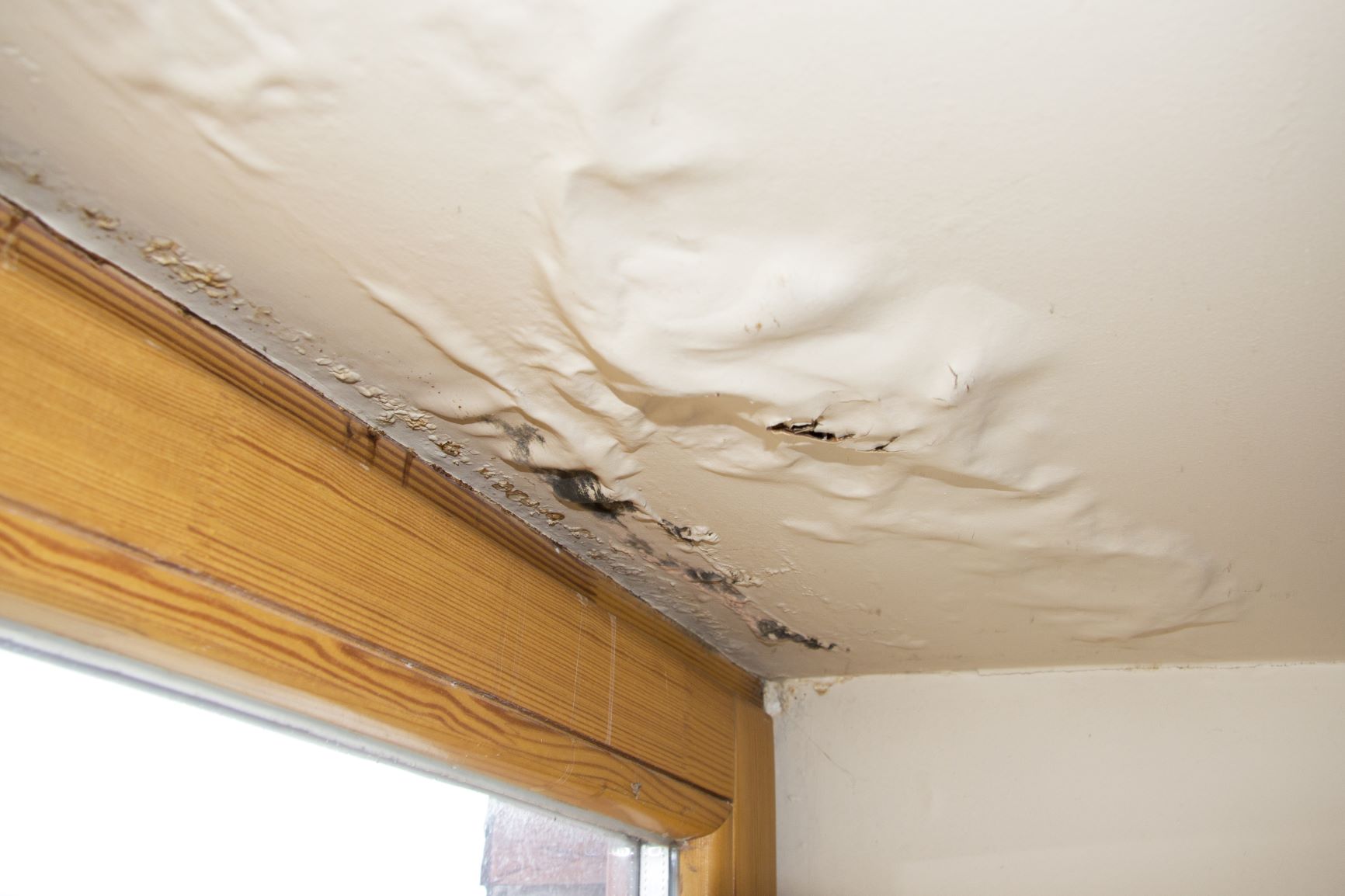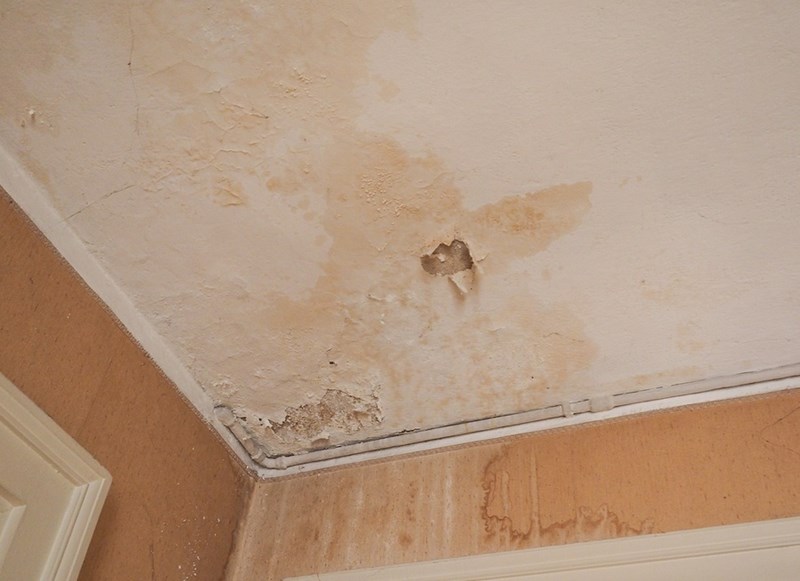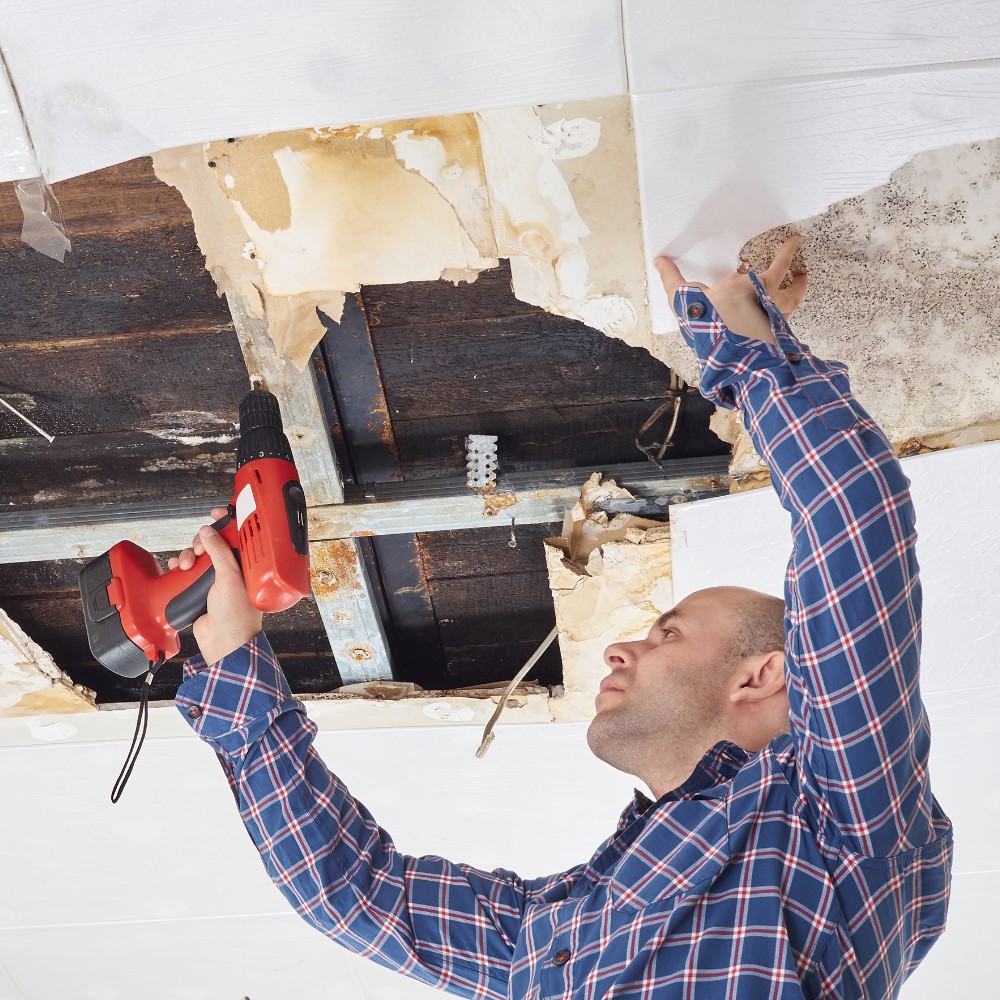Water Damage Cleanup Experts Offering Prompt and Efficient Solutions
The Process of Water Damage Cleanup: Guaranteeing Your Home Is Brought Back Successfully
Water damages can be a difficult obstacle for home owners, requiring a organized and meticulous cleanup procedure to bring back safety and functionality. An extensive assessment is essential to determine the extent of the damage and figure out the suitable removal steps. Following this, reliable water extraction strategies play an essential role in minimizing further harm. Nevertheless, the subtleties of drying, disinfecting, and ultimate remediation are just as necessary and frequently overlooked. Comprehending these phases can make a substantial difference in the result of your home's restoration, triggering a closer appearance at what each action entails.
Assessing the Damage
Upon discovering water damage, the first step is to thoroughly assess the extent of the impact. This preliminary assessment is vital, as it helps establish the required actions for efficient clean-up and restoration. Begin by examining the impacted areas, including walls, ceilings, floors, and personal belongings, to identify the resource of the water invasion, whether from flooding, leakages, or condensation.
Recording the damage is necessary for both insurance policy claims and preparing repair efforts - damage restoration services. Use photographs and written notes to catch the intensity of the damage, noting any damaged architectural components and products. Pay special focus to locations that might not be quickly noticeable, such as behind walls and under carpets, as concealed wetness can result in further difficulties, consisting of mold and mildew development
Additionally, evaluate the timeline of the water direct exposure. The longer the products stay wet, the better the possibility for damage. Understanding the period of exposure will certainly notify the seriousness of remediation initiatives. Inevitably, an extensive assessment lays the groundwork for an effective water damages cleanup procedure, making certain that all impacted locations are resolved properly and completely.
Water Removal Techniques

Experts typically utilize submersible pumps for bigger quantities of water, which can rapidly relieve flooding in basements or various other affected areas. For smaller quantities, wet/dry vacuum cleaners are commonly used to remove residual moisture from carpets and tough surfaces. Furthermore, utilizing mobile extractors permits targeted elimination in confined areas or locations with fragile products.
In circumstances of infected water, such as sewage or floodwater, advanced extraction techniques may involve making use of biohazard devices to make certain safety and security and conformity with health policies. High-powered extraction tools are vital in decreasing water retention in structural materials, which can result in mold growth and structural wear and tear otherwise resolved without delay.
Inevitably, the performance of water removal techniques plays a pivotal role in the total success of the water damages clean-up process, laying the foundation for subsequent remediation efforts.
Drying and Dehumidification
Once standing water has been efficiently extracted, the following critical stage in the water damage clean-up process is drying and dehumidification. This action is important to protect against additional damage and mold and mildew growth, which can take place within 24 to 2 days in moist environments.
To attain efficient drying, specialized equipment such as industrial-grade air moving companies and dehumidifiers is employed. Air moving companies circulate air across damp surfaces, enhancing dissipation rates, while dehumidifiers reduce humidity levels airborne, promoting a helpful atmosphere for drying. The mix of these devices ensures that dampness is drawn out from wall surfaces, home furnishings, and floors, permitting them to completely dry thoroughly.
It is very important to keep an eye on the drying procedure closely. Specialists commonly make use of wetness meters to analyze the wetness web content in various materials, ensuring that all affected areas get to appropriate dryness levels. This careful approach assists to stop covert dampness pockets that could cause architectural damages or unhealthy mold and mildew development.

Cleansing and Sanitizing
After the drying and dehumidification stage is total, the following essential step in water damages clean-up is cleansing and disinfecting the influenced locations. This process is critical to stop the growth of mold, bacteria, and various other pathogens that thrive in wet settings.
The cleansing phase commonly involves removing any type of particles, dust, and impurities from surfaces utilizing specialized cleaning up agents. For hard surfaces, a mix of soap and water or business cleansing products is usually used. Soft products, such as upholstery and rugs, may require much more comprehensive cleaning approaches, consisting of heavy steam cleaning water damage cleanup near me or deep extraction strategies, to ensure thorough hygiene.

Sanitizing follows cleansing, using EPA-approved anti-bacterials to get rid of damaging bacteria. This step is essential, specifically in areas that may have entered call with floodwaters or sewage, as these resources can present major wellness threats.
In addition, it is vital to attend to any type of continuing to be smells, which might require making use of odor neutralizers or advanced methods like ozone therapy. Appropriate cleansing other and disinfecting not only bring back the safety and security and hygiene of your home yet also lay the foundation for successful reconstruction and repair work in succeeding phases of the water damage cleanup procedure.
Restoration and Repair Services

Once the evaluation is full, repair efforts can begin. Additionally, floor covering may need similar focus, depending on the degree of water exposure.
It is important to involve experienced reconstruction specialists during this process, as they have the knowledge to manage complex repairs properly. Moreover, they can help minimize potential future issues, such as mold and mildew growth or architectural instability, therefore guaranteeing a habitable and secure living environment. Ultimately, reliable remediation and repairs bring back the home's stability and enhance its general worth.
Conclusion
In verdict, the process of water damages cleaning is crucial for recovering a home to its pre-damage condition. Each stage, from examining the damage to carrying out effective water extraction methods, adhered to by extensive drying out, sanitizing, and required repair services, plays a vital duty in guaranteeing safety and conformity with structure criteria. Effective execution of these steps not only alleviates prompt damage but likewise improves the long-term honesty and worth of the building.
Water damages can be a difficult obstacle for house owners, requiring a careful and organized cleaning procedure to bring back security and functionality. Ultimately, a thorough evaluation lays the groundwork for a successful water damages clean-up process, ensuring that all impacted areas are addressed effectively and extensively.
Reliable water removal methods are vital in reducing damage and avoiding more issues adhering to a water invasion occasion.In final thought, the procedure of water damage cleaning is essential for recovering a home to its pre-damage condition. Each stage, from evaluating the look these up damages to applying effective water extraction techniques, adhered to by complete drying out, sanitizing, and required repairs, plays an essential duty in guaranteeing safety and security and compliance with structure standards.